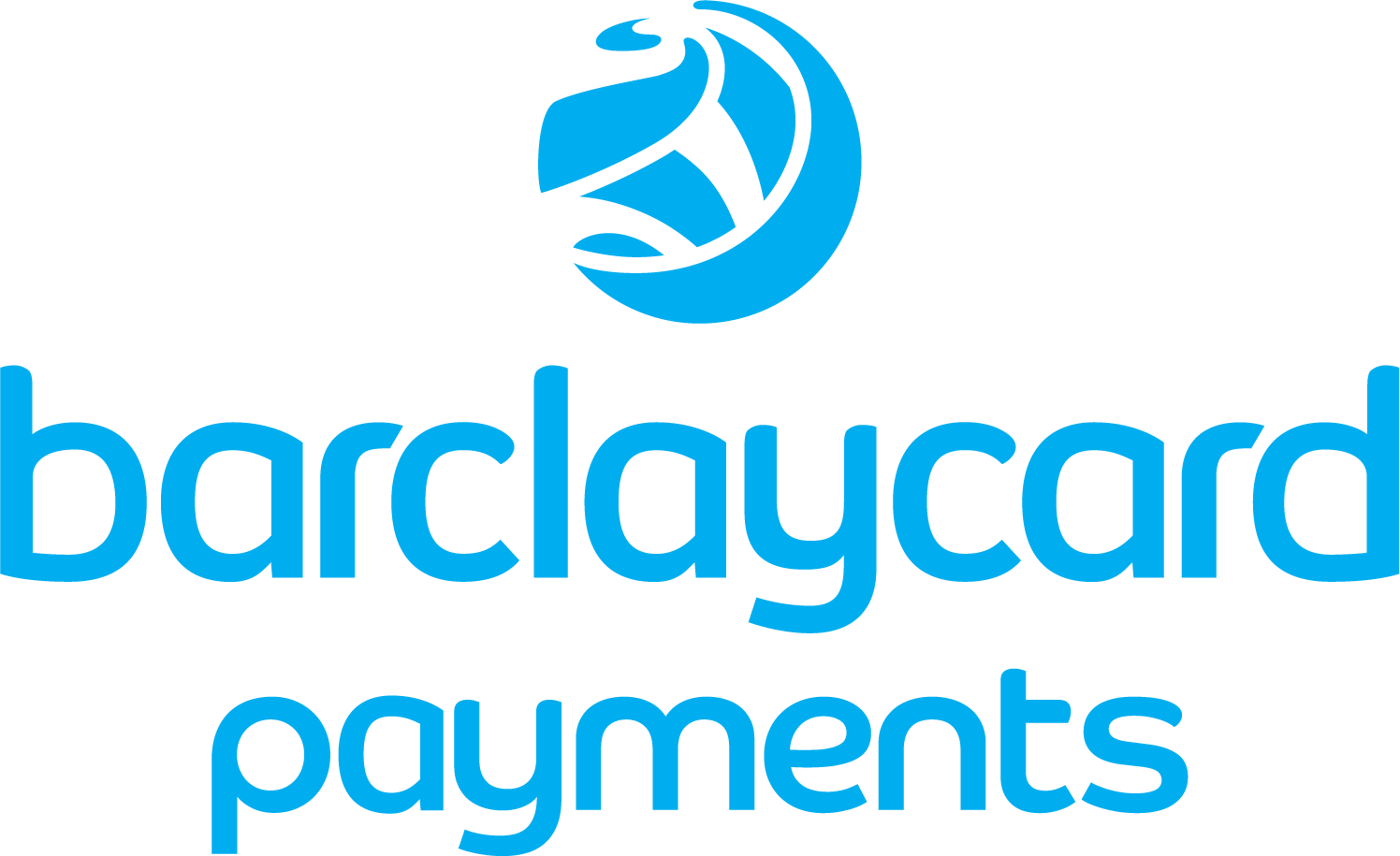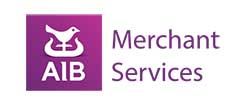- Accept card payments – lowest rates from 0.27%
- Keep your card processing fees to a minimum
- Direct access to the UK’s leading card processing banks
- We ensure your rates always remain competitive
No spam emails or calls
Choose from the payment methods then click Next
What's your turnover each month?
Enter the name of your company
Enter your company's postcode and contact number






The Best Online Credit Card Processing Solutions for Your Business
In today’s digital-first economy, online credit card processing has become a cornerstone of modern commerce. Online credit card transactions are crucial for e-commerce, ensuring secure and efficient payment processing. Whether you run a small business or a large enterprise, the ability to accept credit card payments securely and efficiently is essential for staying competitive. With the rise of online transactions, mobile payments, and global payments, businesses must choose the right payment solution to meet customer expectations and streamline operations.
This comprehensive guide explores the best online credit card processing solutions for your business, covering everything from payment gateways and merchant services to transaction fees and alternative payment methods. By the end, you’ll have a clear understanding of how to start accepting payments, reduce processing costs, and provide a seamless experience for your customers.
What is Online Credit Card Processing?
Online credit card processing refers to the technology and systems that enable businesses to accept credit card transactions over the internet. It involves multiple steps, including authorization, authentication, and settlement, facilitated by a payment processor, payment gateway, and merchant account.
When a customer initiates a credit card payment, the payment gateway securely transmits the transaction data to the card network (e.g., Visa, Mastercard) and the card issuer (the customer’s bank). The payment processor then verifies the transaction, checks for fraud, and ensures funds are transferred from the customer’s bank account to the merchant’s account.
For businesses, understanding how credit card processing works is crucial to selecting the right payment provider and minimizing processing fees.
How Credit Card Processing Works
Credit card processing is a complex process that involves multiple parties and steps. Here’s a simplified overview of how it works:
-
Authorization: When a customer makes a purchase, the merchant sends a request to the payment gateway to verify the customer’s credit card information.
-
Payment Gateway: The payment gateway receives the request and sends it to the credit card processor for authorization.
-
Credit Card Processor: The credit card processor verifies the customer’s credit card information and checks for sufficient funds.
-
Authorization Response: The credit card processor sends an authorization response back to the payment gateway, indicating whether the transaction is approved or declined.
-
Payment Processing: If the transaction is approved, the payment gateway sends the payment information to the merchant’s bank for processing.
-
Settlement: The merchant’s bank settles the payment with the credit card processor, and the funds are transferred to the merchant’s account.
Understanding how credit card processing works is crucial for businesses to select the right payment provider and minimize processing fees. By knowing each step, you can ensure a smooth and secure transaction process for your customers.
The Parties Involved in Credit Card Processing
There are several parties involved in credit card processing, each playing a vital role in ensuring transactions are completed smoothly and securely:
-
Merchant: The business that accepts credit card payments. Merchants need to have a merchant account to process card payments.
-
Payment Gateway: The software that facilitates online payments and communicates with the credit card processor. It ensures secure transmission of transaction data.
-
Credit Card Processor: The company that processes credit card transactions and verifies customer information. They handle the communication between the merchant, card networks, and issuing banks.
-
Credit Card Network: The network that facilitates communication between the credit card processor and the merchant’s bank. Examples include Visa, Mastercard, and American Express.
-
Merchant Bank: The bank that holds the merchant’s account and settles payments with the credit card processor. This bank receives the funds from the transaction and deposits them into the merchant’s account.
-
Card Issuer: The bank that issued the customer’s credit card. They are responsible for approving or declining transactions based on the customer’s account status.
By understanding the roles of these parties, businesses can better navigate the complexities of credit card processing and ensure efficient handling of online payments.
Key Components of Online Credit Card Processing
1. Payment Gateway
A payment gateway is the technology that connects your website or app to the payment processor. It encrypts sensitive data, such as credit card details, to ensure secure online payments. Popular payment gateways include Stripe, PayPal, and Worldpay.
2. Payment Processor
The payment processor handles the actual transaction, communicating between the card network, card issuer, and merchant account. Examples include Adyen, Square, and Fiserv.
3. Merchant Account
A merchant account is a type of bank account that allows businesses to accept card payments. Funds from credit card transactions are deposited here before being transferred to your main bank account.
4. Card Networks
Card networks like Visa, Mastercard, and American Express facilitate transactions between the payment processor and the card issuer.
5. Payment Methods
In addition to credit card payments, businesses can offer alternative payment methods such as Google Pay, Apple Pay, Samsung Pay, direct debit, and bank transfer to cater to diverse customer preferences.
How to Choose the Best Online Credit Card Processing Solution
Selecting the right payment solution depends on your business size, industry, and customer base. A credit card processing company facilitates credit and debit card transactions for businesses, and understanding the costs and requirements associated with starting such a company is crucial. Here are the key factors to consider:
1. Transaction Fees
Credit card processing fees can significantly impact your bottom line. These fees typically include:
-
Interchange fees: Charged by the card issuer.
-
Assessment fees: Charged by the card network.
-
Payment processor fees: Charged by the payment provider.
Look for a provider that offers lower transaction fees or a fixed fee structure to reduce transaction fees.
2. Payment Methods
Ensure your payment platform supports the most popular payment methods, including credit card, debit card, mobile payments, and local payment methods like PayPal or direct debit.
3. Security
Choose a provider that prioritizes secure online payments with features like encryption, tokenization, and PCI compliance.
4. Recurring Payments
If your business relies on subscriptions or memberships, opt for a payment solution that supports recurring payments.
5. Integration
Your payment processor should integrate seamlessly with your website, point of sale systems, and other tools. Look for providers that offer a payment form, payment links, or a virtual terminal for added flexibility.
6. Hidden Fees
Beware of hidden fees such as set-up fees, monthly fees, or additional fees for international transactions.
Top Online Credit Card Processing Solutions for UK Businesses
Here are some of the best credit card processors and payment providers for UK-based businesses:
To effectively process credit card payments, businesses need to understand the practical aspects of setting up and utilizing these solutions. This includes choosing the right tools, such as Square, and being aware of the costs and fees associated with each service.
1. Stripe
-
Key Features: Supports credit card transactions, alternative payment methods, and global payments. Offers a payment gateway, payment links, and a virtual terminal.
-
Fees: Competitive transaction fees with no monthly fees.
-
Best For: E-commerce businesses and startups.
2. PayPal
-
Key Features: Accepts credit card payments, PayPal account transfers, and mobile payments. Offers a payment form and payment links.
-
Fees: Transparent processing fees but may have higher fees for international transactions.
-
Best For: Small businesses and freelancers.
3. Worldpay
-
Key Features: Supports credit card, debit card, and local payment methods. Offers merchant services and point of sale systems.
-
Fees: Custom pricing based on business size and volume.
-
Best For: Large enterprises and retail businesses.
4. Square
-
Key Features: Accepts in-person payments, online payments, and mobile payments. Offers a virtual terminal and payment links.
-
Fees: Flat-rate transaction fees with no hidden fees.
-
Best For: Small businesses and service-based industries.
5. Adyen
-
Key Features: Supports credit card transactions, alternative payment methods, and global payments. Offers a payment gateway and merchant account.
-
Fees: Competitive processing fees with no set-up fees.
-
Best For: Businesses with international customers.
Alternative Payment Methods
In addition to credit cards, there are several alternative payment methods that businesses can offer to customers. These methods cater to diverse customer preferences and can enhance the overall payment experience.
Apple Pay
Apple Pay is a mobile payment method that allows customers to make payments using their Apple devices. Here’s how it works:
-
Setup: Customers set up Apple Pay by adding their credit or debit card information to their Apple device.
-
Payment: When a customer makes a purchase, they use their Apple device to authenticate the transaction using Face ID, Touch ID, or a passcode.
-
Authorization: The payment is authorized by the credit card processor, and the funds are transferred to the merchant’s account.
Apple Pay offers a convenient and secure way for customers to make payments, enhancing the checkout experience and potentially increasing sales.
Direct Debit
Direct Debit is a payment method that allows customers to make recurring payments directly from their bank account. Here’s how it works:
-
Setup: Customers set up a Direct Debit by providing their bank account information to the merchant.
-
Payment: The merchant initiates a payment request, and the funds are transferred from the customer’s bank account.
-
Authorization: The payment is authorized by the customer’s bank, and the funds are transferred to the merchant’s account.
Direct Debit is ideal for businesses that rely on recurring payments, such as subscription services, as it ensures timely and consistent payment collection.
Buy-now-pay-later (BNPL) Services
BNPL services allow customers to make purchases and pay for them later, often with interest-free installments. Here’s how it works:
-
Setup: Customers set up a BNPL account by providing their credit or debit card information.
-
Payment: When a customer makes a purchase, they select the BNPL option and choose a payment plan.
-
Authorization: The payment is authorized by the BNPL provider, and the funds are transferred to the merchant’s account.
-
Repayment: The customer repays the BNPL provider in installments, often with interest-free terms.
BNPL services offer flexibility for customers, making it easier for them to make larger purchases without immediate financial strain. This can lead to increased sales and customer satisfaction.
By offering a variety of payment methods, businesses can cater to different customer preferences, enhance the payment experience, and potentially increase their revenue.
How to Reduce Credit Card Processing Fees
Credit card processing fees can eat into your profits, but there are ways to minimize them:
-
Negotiate with Providers: Some payment processors offer lower transaction fees for high-volume businesses.
-
Choose the Right Pricing Model: Opt for a fixed fee or interchange-plus pricing to avoid hidden fees.
-
Encourage Alternative Payment Methods: Offer direct debit, bank transfer, or mobile payments to reduce reliance on credit card transactions.
-
Monitor Fees: Regularly review your processing costs to identify and eliminate unnecessary additional fees.
The Future of Online Credit Card Processing
The payments innovation landscape is evolving rapidly, with trends like digital payments, contactless payments, and payments innovation shaping the future. Businesses must stay ahead by adopting payment platforms that support mobile payments, global payments, and local payment methods.
Additionally, the rise of alternative payment methods like Google Pay, Apple Pay, and Samsung Pay highlights the importance of offering diverse payment methods to meet customer preferences.
Choosing the best online credit card processing solution is critical for your business’s success. By understanding how credit card processing works, evaluating payment providers, and minimizing processing fees, you can create a seamless payment experience for your customers.
Whether you’re a small business or a large enterprise, the right payment solution can help you start accepting payments, reduce transaction fees, and grow your revenue. Explore the options mentioned in this guide, and take the first step toward optimizing your online payment strategy today.
By implementing the right online credit card processing solution, your business can thrive in the digital economy, offering secure online payments, recurring payments, and alternative payment methods that cater to your customers’ needs. Don’t let hidden fees or higher fees hold you back—choose a payment processor that aligns with your goals and helps you reduce transaction fees while delivering exceptional service.